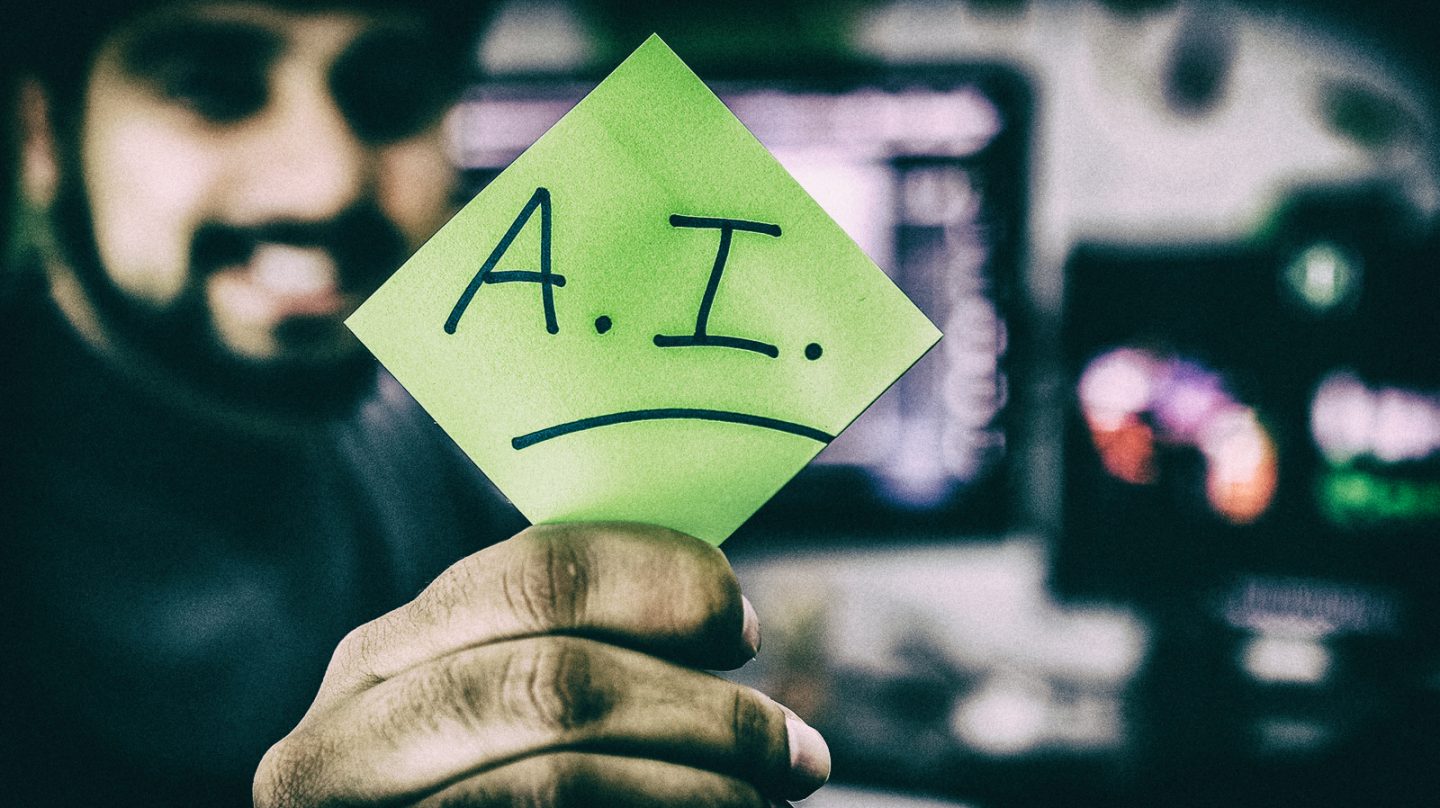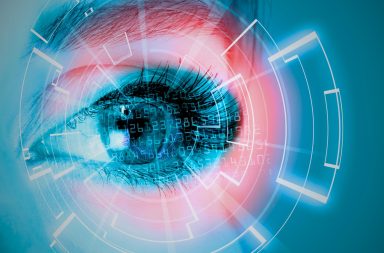An article by Dominic Tyer, Creative Director at pharmaphorum Connect
Eleven years is a long time to be writing about ‘digital pharma’, and I do indeed remember when it was all My First Twitter Account and iPhone Apps as far as the eye could see.
Over those years some technologies have entered the digital health mainstream, while others have failed to live up to their promise, never emerging from what Gartner’s Hype Cycle terms the Trough of Disillusionment.
Stuck in those doldrums we might find, amongst others, Google Glass, Google’s smart contact lens and Nokia’s digital health ambitions, but one tech sector that is living up to the hype is artificial intelligence (AI).
It has certainly featured on its fair share of ‘next big thing in health tech’ lists over the years, but the last few months have seen a real sense of momentum build around the area.
To stick with Gartner’s Hype Cycle model for a moment, AI in pharma and healthcare is being rapidly driven up by what the consultants term the Slope of Enlightenment and towards the Plateau of Productivity.
Gathering pace
The headwinds for this were certainly there in 2018, when all the signs were that AI in pharma was on the rise.
For healthcare systems the focus is on faster, more effective diagnosis and the cost-savings in treatment – and health benefits – that catching diseases early could bring.
Working on this are companies like Ultromics, whose AI system was developed by researchers at a UK hospital to analyse scans for signs of heart disease and lung cancer and has seen it become one of the ten most funded medical AI start-ups.
Sitting alongside Ultronics on that list are the likes of China’s Infervision, which late last year started working with 280 hospitals in its home market to detect cancer from image scans. There’s also Arterys, which won FDA clearance in 2018 for a suite of AI oncology applications that help clinicians measure and track tumours or potential cancers.
Medical imaging has become the bellwether application for AI technologies in healthcare, noted Frost & Sullivan last summer. From deep learning and machine learning approaches, to cognitive computing, to even natural language processing, several AI approaches are now being incorporated in the field of radiology.
Meanwhile, industry attention is predominantly focused on using AI to improve R&D success rates, including pharma titans like Pfizer and GlaxoSmithKline (GSK), both of which signed AI deals last year.
Pfizer tied up with Cambridge, Massachusetts-based XtalPi to work on molecular modelling software that can be applied to drug-like small molecules and GSK signed a deal with the US-based AI-driven drug design and development company Cloud Pharmaceuticals for the design of novel small-molecule agents to GSK-specified targets.
And they were far from alone in pursuing this direction in 2018.
Novo Nordisk is working with e-Therapeutics, hoping the UK biotech’s AI-based drug discovery technology will help it find new therapies for type 2 diabetes; Mitsubishi Tanabe Pharma and Hitachi are collaborating on AI technology in drug development; and AI firm Lantern Pharma has joined Genomics England’s ground-breaking 100,000 Genomes Project industry partnership.



